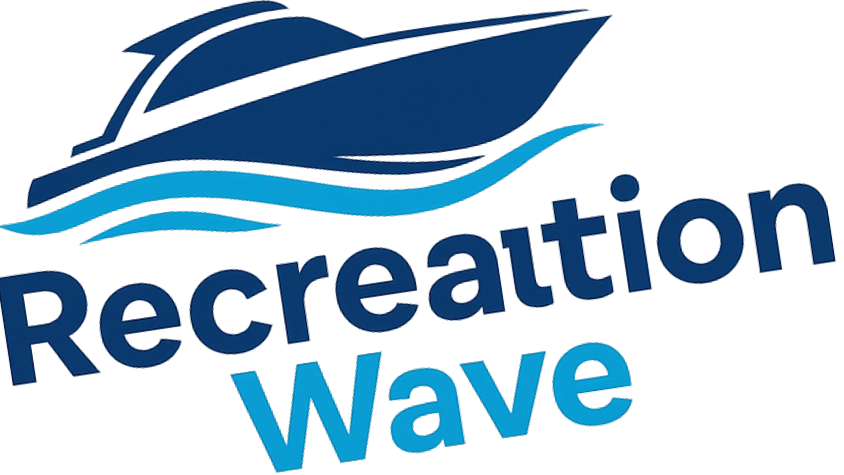
Tragedy Strikes: Three Drownings in Hawaii Highlight Ocean Dangers
This past weekend, Hawaii faced a heart-wrenching reminder of the ocean's power as three individuals tragically drowned across the islands. Despite the serene appearance of the water on certain beaches, officials are emphasizing that underlying currents can often be deceptive and perilous, especially during winter months when swells are unpredictable.
Understanding the Risks: Why Drownings Are Increasing
Recent data reveals that a shocking 69% of drowning victims in Hawaii are visitors, underscoring a critical need for awareness among tourists. Kalani Vierra, the president of the Hawaii Lifeguard Association, pointed out the glaring contrast between Hawaii's promotional efforts for its beaches and the alarming lack of safety infrastructure to support those who venture into the water. "We’re marketing these beaches aggressively while underfunding the systems that keep people alive," he stated, calling on local authorities to prioritize public safety.
Compounded Danger for Swimmers
The unfortunate events this weekend include a 47-year-old man who drowned while attempting to rescue children caught in perilous waters, and a 56-year-old snorkeler whose life was lost due to overwhelming currents at Lawai Beach. These incidents illustrate the dire consequences of misjudging ocean conditions. Even the calmest-looking waters can harbor treacherous currents that catch even experienced swimmers off-guard. Lt. Dennis Coglietta from Honolulu Ocean Safety cautions that many swimmers underestimate the dangers present in seemingly serene waves.
Emergency Response: What Needs to Change
Currently, Maui maintains only twelve lifeguard towers over its expansive 120-mile coastline, while Oahu boasts a network of 42 towers. This disparity in resources has raised serious concerns about visitor safety, especially when it comes to emergency response times. While Maui spends approximately $4.3 million on ocean safety, Oahu allocates around $20 million annually. The lack of appropriate funding and personnel results in more lives being placed at risk during ocean recreation.
Preventative Measures: What You Can Do
As awareness of these dangers grows, it is essential for individuals—residents and visitors alike—to prioritize safety. Ensuring that you never swim alone, checking in with lifeguards, and taking time to observe ocean conditions before entering can make a significant difference. Even those seasoned in water sports should remain vigilant and consider potential risks based on the specific area's conditions.
A Call to Action for Water Safety
In light of the recent tragedies, it is crucial for future visitors to Hawaii to fully understand the ocean’s unpredictable nature and take proactive measures to safeguard themselves. The Hawaii Water Safety Plan seeks to enhance these safeguards by adding lifeguard towers and improving community education about ocean safety. However, this plan needs support and urgency from both residents and local officials. We urge readers to advocate for better safety measures, because ultimately, the beauty of Hawaii must be matched by the safety of its waters.
As we reflect on these tragedies, it’s not just a call for emergency preparedness but also a call for compassion and responsibility among all those who enjoy Hawaii’s beautiful coastlines. The ocean provides immeasurable joy and adventure, but it requires respect and caution.
 Add Row
Add Row  Add
Add 




Write A Comment